 This month's Daring Bakers Challenge is Apple Strudel, and I was definitely excited about this recipe, as I've never attempted making strudel. As a matter of fact, I don't think I've tasted homemade strudel... until now.
This month's Daring Bakers Challenge is Apple Strudel, and I was definitely excited about this recipe, as I've never attempted making strudel. As a matter of fact, I don't think I've tasted homemade strudel... until now.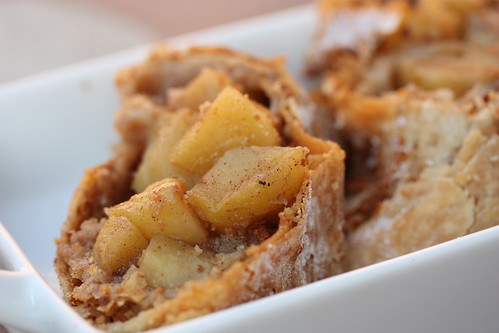 APPLE STRUDEL
APPLE STRUDELfrom “Kaffeehaus – Exquisite Desserts from the Classic Cafés of Vienna, Budapest and Prague” by Rick Rodgers
2 tablespoons (30 ml) golden rum (omitted)
3 tablespoons (45 ml) raisins (omitted)
1/4 teaspoon ground cinnamon
1/3 cup plus 1 tablespoon (80 g) sugar
1/2 cup (1 stick / 115 g) unsalted butter, melted, divided
1 1/2 cups (350 ml) fresh bread crumbs
strudel dough (recipe below)
1/2 cup (120 ml, about 60 g) coarsely chopped walnuts (omitted)
2 pounds (900 g) tart cooking apples, peeled, cored and cut into ¼ inch-thick slices (use apples that hold their shape during baking)
1. Mix the rum and raisins in a bowl. Mix the cinnamon and sugar in another bowl.
2. Heat 3 tablespoons of the butter in a large skillet over medium-high. Add the breadcrumbs and cook whilst stirring until golden and toasted. This will take about 3 minutes. Let it cool completely.
3. Put the rack in the upper third of the oven and preheat the oven to 400°F (200°C). Line a large baking sheet with baking paper (parchment paper). Make the strudel dough as described below. Spread about 3 tablespoons of the remaining melted butter over the dough using your hands (a bristle brush could tear the dough, you could use a special feather pastry brush instead of your hands). Sprinkle the buttered dough with the bread crumbs. Spread the walnuts about 3 inches (8 cm) from the short edge of the dough in a 6-inch-(15cm)-wide strip. Mix the apples with the raisins (including the rum), and the cinnamon sugar. Spread the mixture over the walnuts.
4. Fold the short end of the dough onto the filling. Lift the tablecloth at the short end of the dough so that the strudel rolls onto itself. Transfer the strudel to the prepared baking sheet by lifting it. Curve it into a horseshoe to fit. Tuck the ends under the strudel. Brush the top with the remaining melted butter.
5. Bake the strudel for about 30 minutes or until it is deep golden brown. Cool for at least 30 minutes before slicing. Use a serrated knife and serve either warm or at room temperature. It is best on the day it is baked.
Strudel Dough
1 1/3 cups (200 g) unbleached flour
1/8 teaspoon salt
7 tablespoons (105 ml) water, plus more if needed
2 tablespoons (30 ml) vegetable oil, plus additional for coating the dough
1/2 teaspoon cider vinegar
1. Combine the flour and salt in a stand-mixer fitted with the paddle attachment. Mix the water, oil and vinegar in a measuring cup. Add the water/oil mixture to the flour with the mixer on low speed. You will get a soft dough. Make sure it is not too dry, add a little more water if necessary.
Take the dough out of the mixer. Change to the dough hook. Put the dough ball back in the mixer. Let the dough knead on medium until you get a soft dough ball with a somewhat rough surface.
2. Take the dough out of the mixer and continue kneading by hand on an unfloured work surface. Knead for about 2 minutes. Pick up the dough and throw it down hard onto your working surface occasionally.
Shape the dough into a ball and transfer it to a plate. Oil the top of the dough ball lightly. Cover the ball tightly with plastic wrap. Allow to stand for 30-90 minutes (longer is better).
3. It would be best if you have a work area that you can walk around on all sides like a 36 inch (90 cm) round table or a work surface of 23 x 38 inches (60 x 100 cm). Cover your working area with table cloth, dust it with flour and rub it into the fabric. Put your dough ball in the middle and roll it out as much as you can.
Pick the dough up by holding it by an edge. This way the weight of the dough and gravity can help stretching it as it hangs. Using the back of your hands to gently stretch and pull the dough. You can use your forearms to support it.
4. The dough will become too large to hold. Put it on your work surface. Leave the thicker edge of the dough to hang over the edge of the table. Place your hands underneath the dough and stretch and pull the dough thinner using the backs of your hands. Stretch and pull the dough until it's about 2 feet (60 cm) wide and 3 feet (90 cm) long, it will be tissue-thin by this time. Cut away the thick dough around the edges with scissors. The dough is now ready to be filled.
~~~~~~~~~~~~~~~~~~~~~~~~~~~~~~~~~~~~~~~~~~~~~~~~~~~~~~~~~~~~~~~~~~~~~~~~~~~~~~~~
 If you know me, I have a little "thing" for
If you know me, I have a little "thing" for 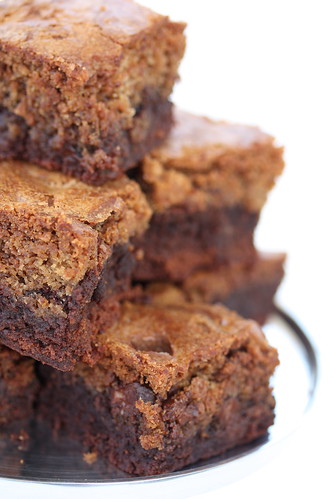
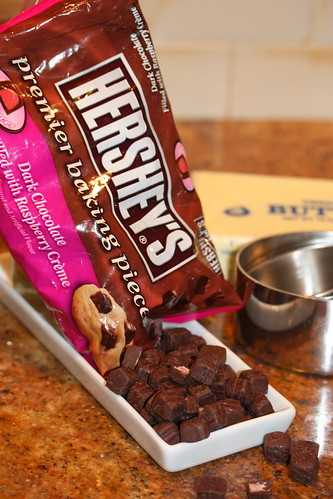
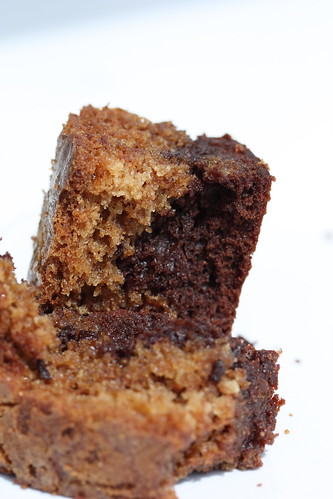

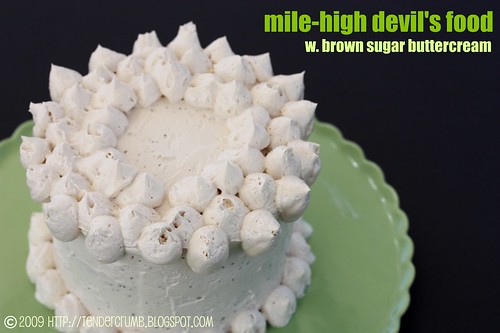
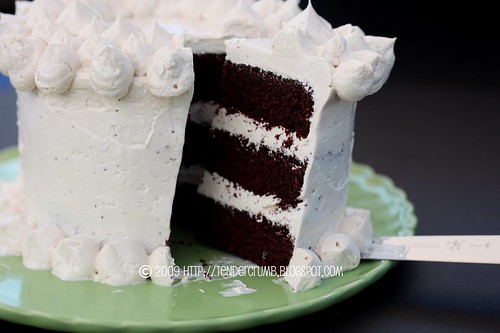 The cake is really easy to make and calls for cocoa powder to deliver its wonderful chocolate flavor. The cake has a beautiful, tight crumb and is wonderfully moist.
The cake is really easy to make and calls for cocoa powder to deliver its wonderful chocolate flavor. The cake has a beautiful, tight crumb and is wonderfully moist.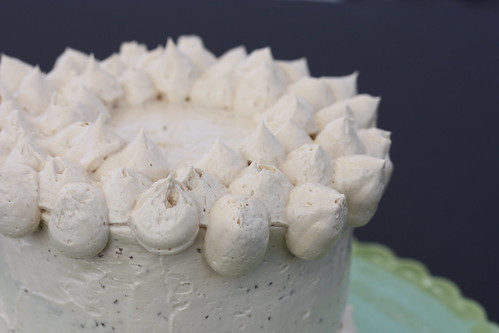 I opted for the buttercream recipe --- sure, it calls for a pound of butter, but it is totally worth the caloric investment. In this recipe, white sugar is swapped for brown sugar, which provides a subtle caramel flavor and gives the buttercream a beautiful ivory color. It was an delicious complement to the chocolate cake, and I thought the color contrast was really beautiful.
I opted for the buttercream recipe --- sure, it calls for a pound of butter, but it is totally worth the caloric investment. In this recipe, white sugar is swapped for brown sugar, which provides a subtle caramel flavor and gives the buttercream a beautiful ivory color. It was an delicious complement to the chocolate cake, and I thought the color contrast was really beautiful. 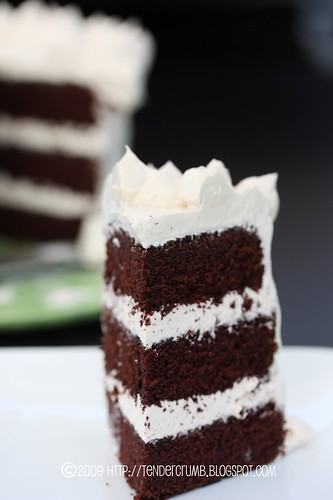

 Things have been hectic with a new puppy in the house, so I haven't had a lot of time to bake or blog (or sleep for that matter). With the long weekend coming up, I should be back in the kitchen soon....
Things have been hectic with a new puppy in the house, so I haven't had a lot of time to bake or blog (or sleep for that matter). With the long weekend coming up, I should be back in the kitchen soon....

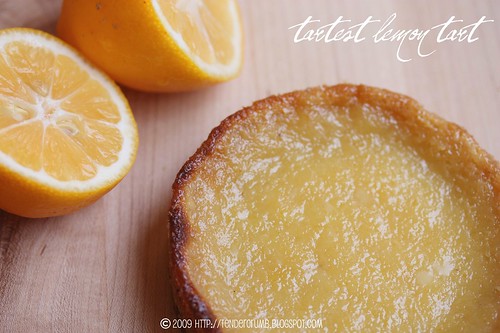
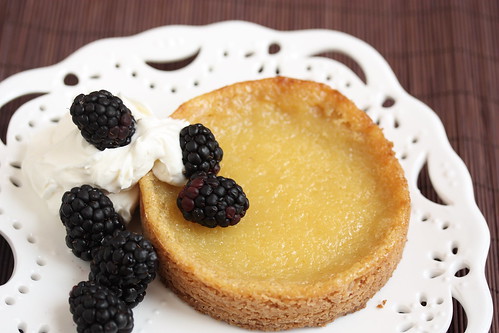
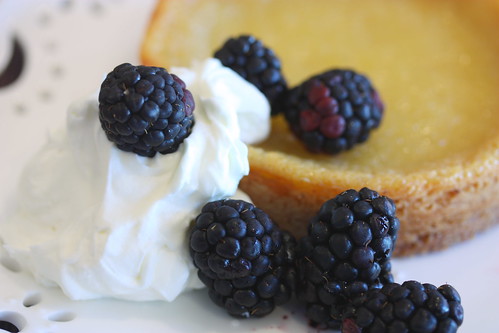
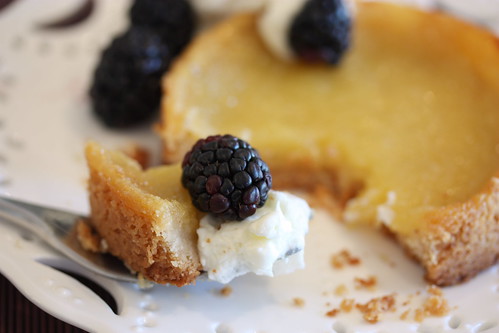
 The tarts baked beautifully with a gorgeous orange/pink hue, but the taste was a whole different story...way too bitter! I should have removed the pith. Oh well, you live and learn. I still love this idea of a grapefruit tart, so I'm doing to attempt this again soon, sans the white pith. Stay tuned and I'll tell you how it turns out in a future post.
The tarts baked beautifully with a gorgeous orange/pink hue, but the taste was a whole different story...way too bitter! I should have removed the pith. Oh well, you live and learn. I still love this idea of a grapefruit tart, so I'm doing to attempt this again soon, sans the white pith. Stay tuned and I'll tell you how it turns out in a future post.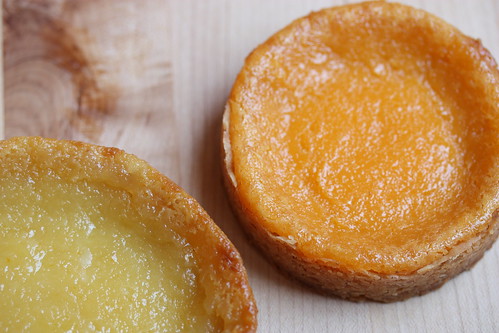
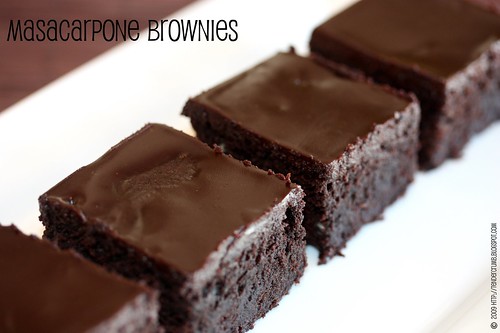

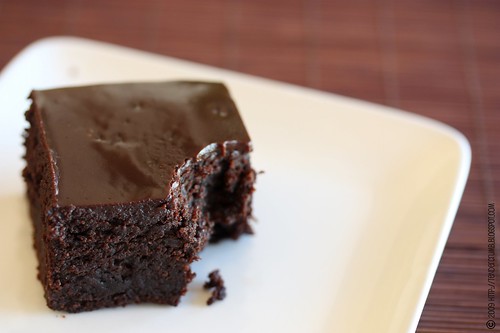

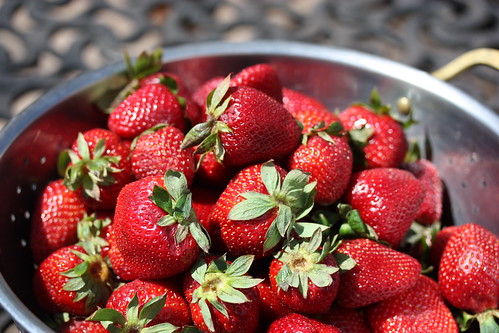 With the berries at their height of their season, there is no better way but to eat them fresh --- no embellishments needed. If the mood strikes to do something with them (besides stuffing my face), I'll make this ice cream. The strawberry is the star of this recipe, but with a little something to take this ice cream over the top:
With the berries at their height of their season, there is no better way but to eat them fresh --- no embellishments needed. If the mood strikes to do something with them (besides stuffing my face), I'll make this ice cream. The strawberry is the star of this recipe, but with a little something to take this ice cream over the top: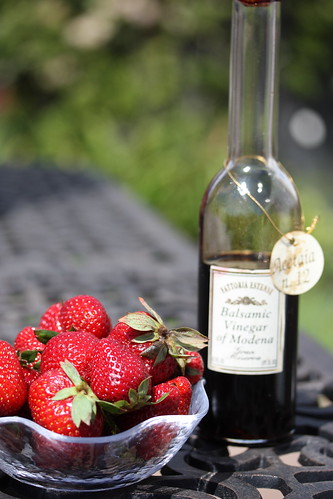

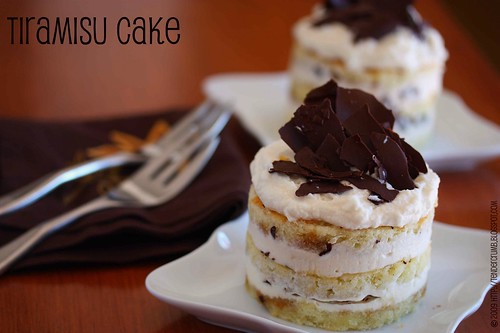 I was so happy to see that
I was so happy to see that 
